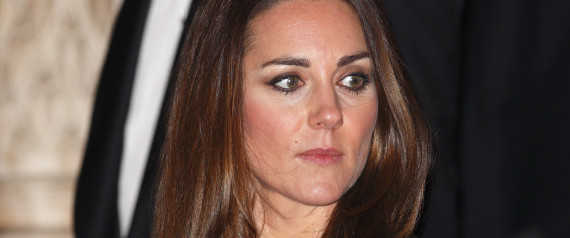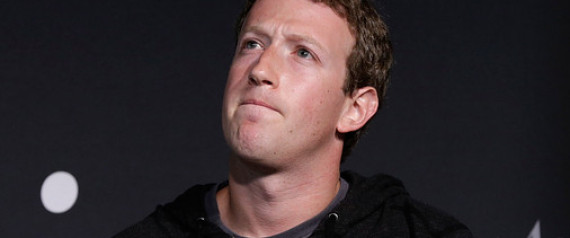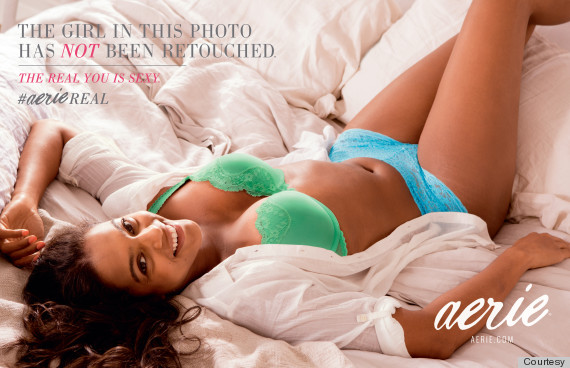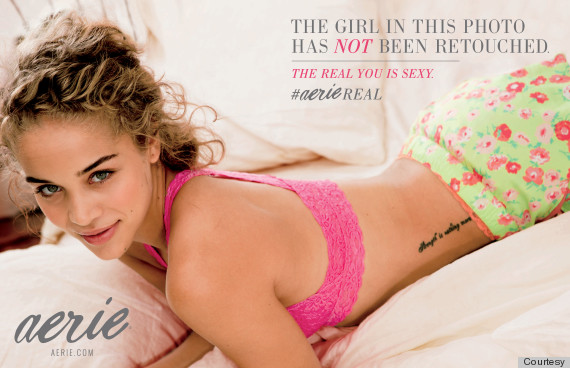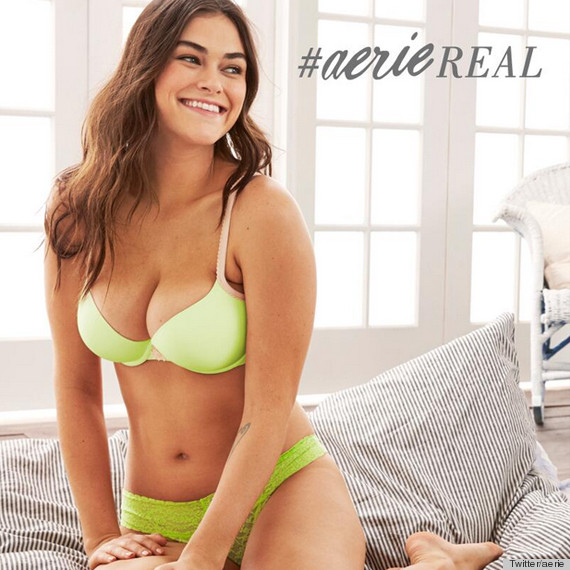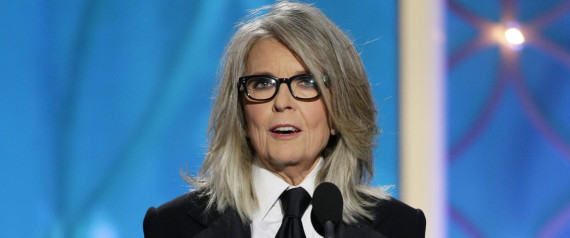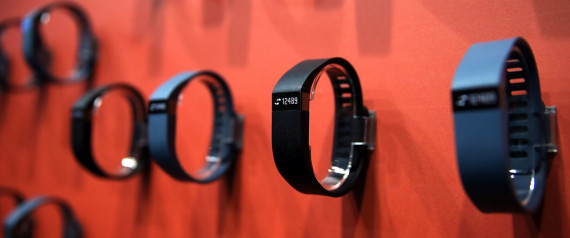Recent headlines have depicted Facebook as the Internet version of a failed nightclub: Abandoned by pretty young things and invaded by middle-aged minivan owners, the once see-and-be-seen destination has begun a slow slide toward total irrelevance.
Three million teens have fled Facebook in three years, a report last week warned. Another from last year declared Facebook less relevant to teens than ever before. Facebook recently conceded that younger teens are less active now than they were -- a surefire sign, some seem to think, that matters are so dire even Mark Zuckerberg has stopped his sugarcoating.
But even if teens are abandoning Facebook -- and research by other firms suggests they aren't in any meaningful way -- the loss wouldn't do serious damage to the company, according to online advertising experts and researchers studying youth behavior.
Clark Fredricksen, a vice president at the market research group eMarketer, says he’s been inundated with questions about how badly a drop in teen usage hurts Facebook. "Ultimately,” he says, “the answer is it doesn’t.”
Whether teens hang out on Facebook or not, the company will have exactly what it needs to make money on them should they ever return: their identities and their preferences. Teens, like many others online, use Facebook profiles to sign in to services like Gilt Group and TripAdvisor, which can often feed salient personal details back to the ever-expanding Facebook data trove that makes advertisers salivate.
So Facebook would still have teens’ data flowing into its coffers, could still boast the only social network of its kind and reach, and would still have access to the audiences that are most prized by advertisers (a demographic that doesn’t resemble the typical Justin Bieber fan). As the teen heartthrobs of One Direction would say, “So, chill up/What you worry about?"
The doomsayers warn that if Facebook loses teens’ interest, it will forfeit an entire generation of would-be members; be deprived of precious advertising dollars; and suffer a larger exodus as the young tastemakers lure parents and siblings to join them on the WhatsApps and Snapchats of the world.
That’s like saying supermarkets will fail because 15 year-olds get vending machines at school. Facebook serves a different purpose than the world’s more boutique social media services. Instagram may eat up time otherwise spent browsing photos on Facebook, but can’t replace it outright. (Facebook also owns Instagram, one of the top sites blamed for wooing away teens.)
The same qualities that make Facebook a turn off to teens -- its size, its emphasis on real identities, the presence of parents and the permanence of posts -- could be a draw when those same people graduate high school. They’ll have a desperate need to stalk cute sophomores in their BIO 101 lecture, or keep tabs on friends back home. And they'll really only have one way to do it: In the U.S., there’s no other social network that combines the same reach, emphasis on real names, messaging tools and life-scrapbooking function as Facebook.
“I don’t think that Facebook loses these teens forever,” says Mikołaj Jan Piskorski, a professor at Harvard Business School and author of A Social Strategy: How We Profit from Social Media. “These teens will come back because Facebook is a very helpful utility for them [later in life] -- it’s just not a helpful utility when they’re teens.”
Piskorski’s analogy is apt: Facebook is closer to conEdison than Studio 54. Like a utility, Facebook isn’t cool or all that fun, but we desperately need it and can’t avoid dealing with it once we exit our teens. Even the British high-schoolers who declared Facebook “dead and buried” in a recent survey acknowledged that Facebook beats Twitter and Instagram when it comes to core features, like tracking relationships, organizing parties and sharing photos.
A decline in “teenthusiasm” for Facebook wouldn’t necessarily chip away at the personal information Zuckerberg has on file. The company’s social sign-in tool, which lets you bypass site registrations by signing in with your Facebook accounts, ensures people are feeding details back to Facebook without opening its app or visiting its site. If you listen to a song on Spotify or follow a board on Pinterest, you’ll give Facebook some idea of what concert you’d buy tickets to, or the brand of couch you’re eyeing for your new place.
And all the advertising dollars Facebook would allegedly lose if teens disappear? “Most advertisers aren’t looking to reach teens,” says Fredricksen.
Instead, he explains, they’re eager to pitch the people who manage homes, have their own money to spend and are picking out products for the first time by themselves. In other words, people between 18 and 34 years old.
“From an advertiser standpoint, not having teens on Facebook isn’t really a big deal at all because advertisers tend to be looking at different groups than that,” he adds.
Karsten Weide, an analyst with the market research firm IDC, notes that attracting older individuals to Facebook may be unpalatable for teens, but it makes the social network "more attractive for advertisers, not less so.” “Essentially,” he wrote in an email, “they're moving from being the MTV of social networks to being the ABC of social networks."
Or maybe it's becoming both at once: As Baby Boomers and grandparents have gradually embraced Facebook, it’s remained ubiquitous among teens. According to a 2013 report by the Pew Research Center, 94 percent of social media-using teens have a Facebook account. And 81 percent say they use it more than any other profile. (Just 7 percent said the same for Twitter, the second most popular choice behind Facebook.)
Rather than teens fleeing Facebook because they're sick of it, it may be that Facebook has become so engrained, such an unbreakable habit, that it's boring.
“Facebook is almost like dial tone to teens," says Matt Britton, CEO of the youth marketing agency MRY. "It's something they just expect to be part of the Internet.”
